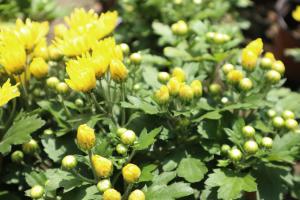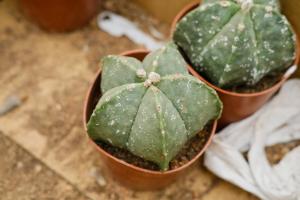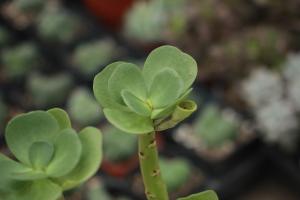Which Part of a Plant Makes Food?
Plants are unique organisms that can make their own food through a process called photosynthesis. This remarkable ability lies within a particular part of the plant, and in this article, we will discuss which part of the plant makes food.
H2: Leaves are the primary site of photosynthesis
One of the most critical components of a plant that plays a significant role in photosynthesis is its leaves. The leaves of a plant are responsible for capturing sunlight, which provides energy to carry out the process of photosynthesis. Within the leaves are specialized structures called chloroplasts that contain chlorophyll, the pigment that absorbs light energy. The chloroplasts convert the light energy into chemical energy, which is then used to make food for the plant in the form of glucose.
H2: Stems also play a supporting role
Although leaves are the primary site of photosynthesis, other plant parts also contribute to the process in supporting roles, most notably the stems. Stems provide support to the leaves and transport water and nutrients from the roots to the leaves, which is essential for photosynthesis to take place. The stem's contribution to photosynthesis is particularly crucial in plants with thick, fleshy stems such as cacti or succulents, where the leaves are modified into spines or reduced in size to minimize water loss.
H2: Roots are important, but not for photosynthesis
Although roots play a critical role in the survival of the plant by anchoring it to the ground and absorbing water and nutrients, they do not directly participate in photosynthesis. Instead, the roots provide the necessary minerals and water that the plant needs for growth and development. The water absorbed by the roots is transported through the stem to the leaves, where it is used in photosynthesis. The minerals absorbed by the roots are also transported to the leaves to aid in the process.
Conclusion
In conclusion, leaves are the primary site of photosynthesis in plants, with a supporting role played by the stems. Although roots are essential for the survival of the plant, they do not contribute directly to photosynthesis. Understanding the different parts of a plant and their unique roles is critical not only for the successful growth of plants but also for the sustainable management of our ecosystems.

 how many times do yo...
how many times do yo... how many planted tre...
how many planted tre... how many pine trees ...
how many pine trees ... how many pecan trees...
how many pecan trees... how many plants comp...
how many plants comp... how many plants can ...
how many plants can ... how many plants and ...
how many plants and ... how many pepper plan...
how many pepper plan...
































